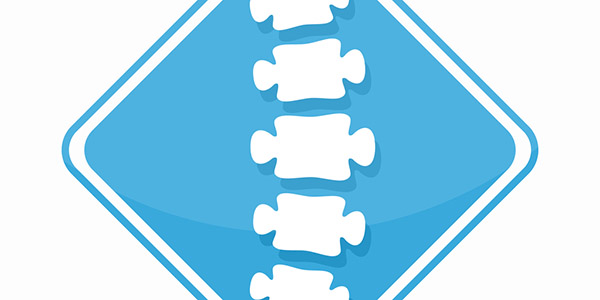
Duke neurosurgeon Isaac Karikari, MD, treats adults with scoliosis. Here he addresses four things you may not know about the condition.
1. The early signs of adult scoliosis are different from childhood scoliosis
You can develop scoliosis as a child or adult, but the symptoms are not the same. According to Karikari, pain is the most common complaint in adults with scoliosis, unlike adolescent scoliosis where pain is rare. Other early signs of the condition in adults are:
· Dull or sharp pains in the mid to lower back that are worse in the upright position and better when lying down
· Difficulty standing or walking for long periods of time
· Loss in inches in height
· Shifting of the body to one side
· One shoulder being higher than the other
· Development of an abdominal crease on one side
· Difficulty standing up straight
2. The symptoms of adult scoliosis can be easy to dismiss

“As we get older, we develop generalized arthritis (wear and tear) in all of our joints including the spine,” says Karikari. “Because back pain is very common, it is easy to ignore worsening scoliosis and attribute it to plain arthritis.”
3. The causes and progression of scoliosis are different in adolescents and adults
Adult scoliosis can arise from an untreated childhood scoliosis. This is called adult idiopathic scoliosis. The second and most common cause is from degenerative arthritis of the spinal joints as a result of wear and tear over the years. This is called adult degenerative scoliosis.
Further, says Karikari, childhood scoliosis tends to progress quickly during the growth spurt, while adult scoliosis progresses very slowly, sometimes for years.
4. There are real risks in not treating scoliosis
Exercise can alleviate some scoliosis symptoms. “In a patient with scoliosis that is getting worse, treatment is recommended to halt the progression,” says Karikari. When nonsurgical treatments such as injections and physical therapy are ineffective, minimally invasive or open surgery may be necessary to correct spinal curves that cause persistent pain. “If left untreated it can cause debilitating pain, nerve damage, or even pressure on the spinal cord. In rare occasions, severe forms of scoliosis can distort the body and affect the lungs and internal organs,” he says.